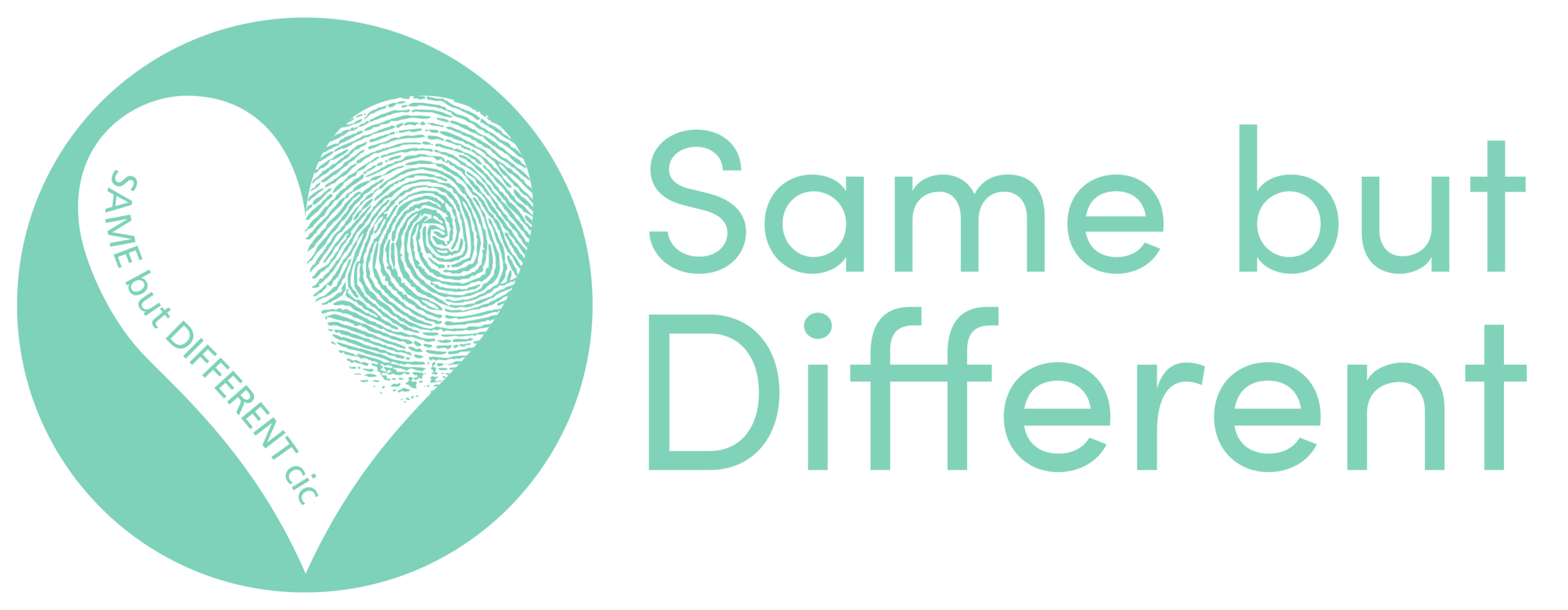Harri - Alopecia Areata
Fourteen years ago, Harri was putting her hair into a ponytail when she noticed a bald patch that was about the size of a 50 pence coin. I had no idea that my life was about to change. “I called my mother, a hairdresser, who suspected it was alopecia areata. I went to the doctors and saw a private specialist who confirmed the diagnosis and explained what would happen.” This was just the beginning of a journey that would teach her about resilience, acceptance, and the power of visibility.
All photographs by Ceridwen Hughes
“Over the years, I've encountered various triggers that would cause my hair to fall out again, such as stress from an armed robbery at work or personal family health crises. Each event reminded me that while I can try to control my life, alopecia is something beyond my control. This lack of control was frustrating, especially for someone who likes to manage every aspect of their life. I've had counselling, I've had CBT therapies, switched diets and I have tried everything. I've even run a half marathon thinking that will make my hair grow back.”
For Harri it was so much more than just the physical change of losing her hair, it was an emotional rollercoaster that affected every aspect of her life. From the initial shock and the gradual loss of her hair on her head but her eyebrows and eyelashes too. Each phase brought new challenges and a profound sense of loss. The process of shaving her head for the first time on Mother’s Day was a pivotal moment “I eventually shaved all my hair off. I thought that I was going to own this. The whole family was shocked. I started wearing wigs, that was something new to get used to.”






